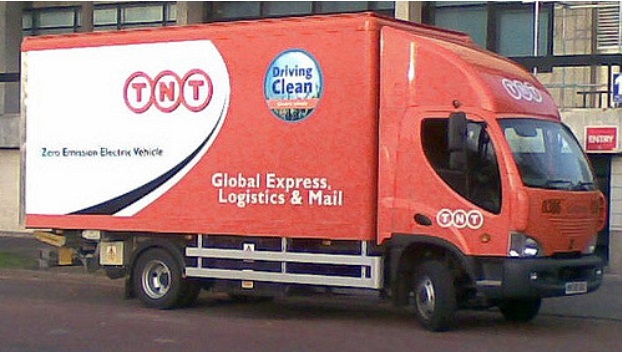Trucking Into The Future: Important Advancements That Will Forever Change Logistics And Transportation
- Written by News Company

For those businesses in the transportation and logistics sector, change has been a long time coming. As more and more of us eschew the high street for the low prices and convenience of online retail, the global economy is increasingly reliant on transportation and logistics. But in an increasingly precarious, business, economic and environmental landscape this reliance on the industry has driven an unprecedented level of innovation. New technologies have led to a recent surge in exciting new developments for transportation companies around the world. As the global economy has shifted in its favor the industry has not rested on its laurels but adapted to the changing needs of the 21st century.
The use of mobile digital technology, GPS, electronic vehicle logs and electronic tolling have already irrevocably changed the face of logistics with numerous other technologies such as vehicle automation poised to further revolutionize the industry. While many of these technologies are quite a way from widespread global adoption it behoves even nascent businesses in this industry to stay abreast of technological changes and how they can lead to a more profitable and sustainable business. Here we will examine some of the most exciting technological advancements on the horizon for the transportation and logistic sector and how they can revolutionize the way we transport commodities in the coming decade...
Engine technology
For years now the transportation sector as a whole has been under tremendous pressure from environmental groups and from within (as well as the inherently unsustainable nature of a reliance on fossil fuels) to clean up it’s act and make efforts to counteract its carbon footprint. Interestingly enough, the transportation sector’s harmful emissions of greenhouse gases are dwarfed by those of animal agriculture but nonetheless, the importance of lowering the environmental damage done by engines is a matter of pressing importance.
The passenger transportation sector has already taken some impressive steps to combat this, with a growing surge in the sale of hybrid and electric vehicles, but conventional wisdom dictates that the fairly nascent electric engine technology is incompatible with the practicalities of modern logistics… Or is it?
One would assume that the inherent limitations of electric engines would prohibit them from the long and uninterrupted journeys that are necessitated in vehicle logistics but there are many enterprising engineering companies determined to push the envelope in terms of the capability of electric engines to fulfil the demands of today’s trucking industry. Just take a look at the dazzlingly beautiful (and aptly named) Thor truck. Named after the Norse God of thunder and lightning (yes, and those Marvel movies) this striking looking prototype is the brainchild of Co-Founder and COO of Thor Trucks Giordano Sordoni. Sordoni believes that after years of fine tuning, the technology for electrical logistics is now “reasonable and profitable”. The Thor truck has a completely electric engine and is capable of journeys of up to 300 miles a day. This makes them a prudent choice for regionalized in-home deliveries.
This technology may require a hefty upfront investment but Sordoni is confident that it is one that will pay dividends in the long haul. Electric trucks would theoretically use fewer moving parts than their diesel fuelled counterparts. This means that scouring the internet for a used transmission could be a thing of the past. Going from a vehicle that used over 2,000 moving parts to one that uses less than 20 has interesting implications for maintenance while the implementation of lithium ion batteries helps logistics companies to sidestep historically problematic issues like fluctuating fuel prices.

